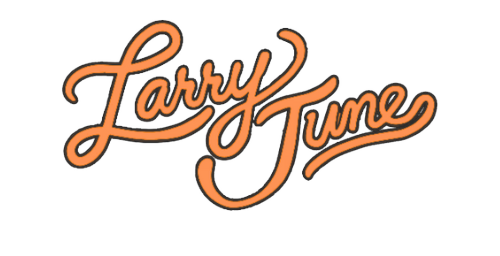
How The War on Drugs Revived Heartland Rock for a New Generation
The resurgence of heartland rock in recent years can be closely tied to the cultural phenomenon surrounding the War on Drugs. Not just a term famously associated with anti-drug policies, "The War on Drugs" has also come to represent one of America's most captivating indie rock bands. Their unique sound—with its blend of classic rock influences and modern sensibilities—has introduced a new generation to the heartland rock aesthetic, characterized by its rich storytelling and emotional depth. The revival of this genre through the War on Drugs has resulted in a renewed appreciation for themes of resilience and nostalgia, which are essential to both the music and the current sociopolitical climate.
The Roots of Heartland Rock
Heartland rock emerged in the 1970s and 1980s, with artists like Bruce Springsteen, Tom Petty, and John Mellencamp defining the genre. Characterized by its working-class anthems and authentic narratives, heartland rock resonated deeply with audiences who found solace in the honesty of its lyrics. However, as musical trends evolved and genres like grunge, hip-hop, and pop-punk gained popularity, heartland rock began to fade from the mainstream. Fast forward to the present, and we see that the War on Drugs has not only breathed new life into this genre but has also adapted its themes to speak to contemporary issues, including the ongoing struggles surrounding the War on Drugs campaign itself.
The War on Drugs and Its Impact
The War on Drugs, the band, has become synonymous with the revival of heartland rock, incorporating a broad range of sounds and lush instrumentation. Their unique blend of atmospheric melodies and heartfelt lyrics reflects the essence of classic rock while inviting a modern audience into its fold. Tracks like "Under the Pressure" and "Red Eyes" showcase a seamless marriage of old and new, evoking the spirit of legendary artists while exploring themes of uncertainty and yearning that resonate in today’s society. This ability to encapsulate both the past and the present has allowed the band to reach fans across generations, encouraging a newfound appreciation for the heartland rock genre.
The Cultural Significance of Merchandise
In addition to their music, the War on Drugs has also made a significant impact through their merchandising. The War On Drugs Merch has become a hot commodity, embodying the band's essence and the cultural themes they represent. From vintage-inspired tees to posters and accessories, each item serves as a nostalgic nod to the heartland rock ethos. Furthermore, the merchandise itself functions as a unifying element among fans who share a connection to the music and the narrative of resilience presented in their songs. It not only allows listeners to express their affinity for the band but also encourages interaction within a community that values storytelling and artistry.
A New Generation's Connection
As we observe the growing popularity of the War on Drugs, we can see how they have managed to capture the attention of a new generation that craves authenticity in their music. The heartland rock revival fosters an environment where stories of struggle and triumph resonate deeply with individuals navigating a complex world marked by uncertainty and change. The themes explored in their music serve as an outlet for listeners, allowing them to find comfort in the lyrics that echo their own experiences. With the War on Drugs as a bridge between past and present, the heartland rock genre can continue to thrive, fulfilling the need for relatable narratives that connect deeply with the human experience.









